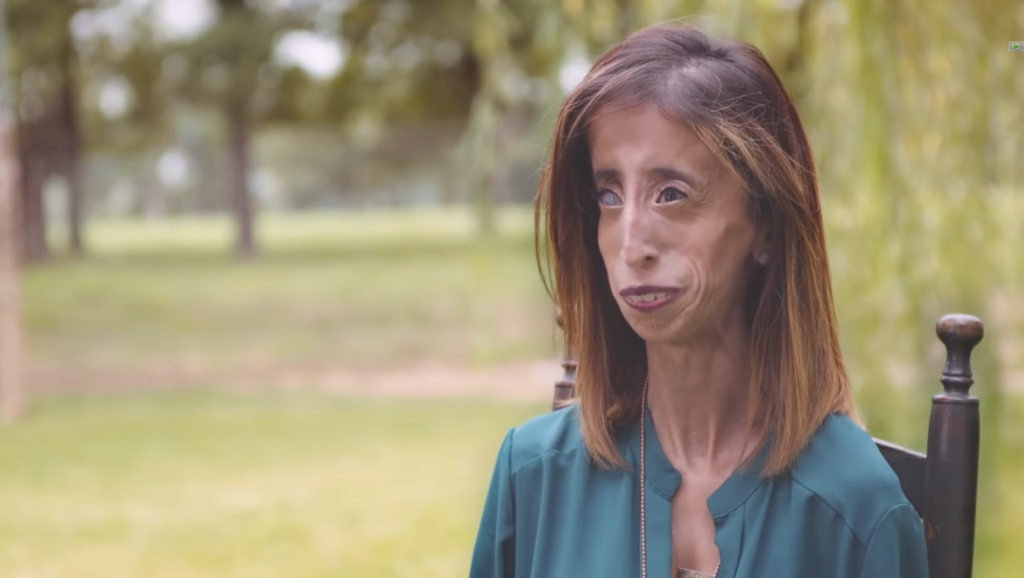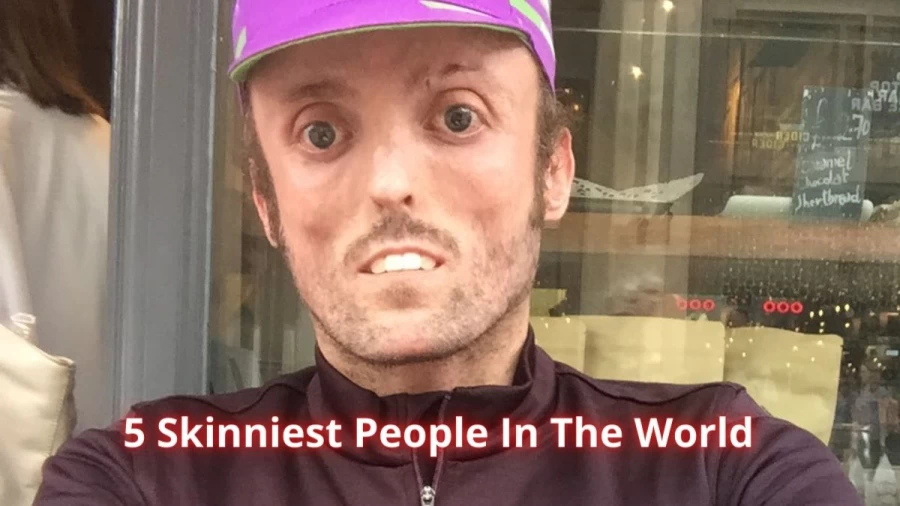The story of the skinniest person alive has captured global attention, sparking curiosity and concern about the realities of extreme weight loss. This phenomenon sheds light on the complexities of health, body image, and societal perceptions of beauty. As we delve deeper into this topic, we aim to understand the challenges faced by individuals who hold this distinction and the factors contributing to their condition.
While the concept of "skinniest person alive" may seem sensational, it highlights critical issues surrounding nutrition, mental health, and medical conditions. This article aims to provide a comprehensive overview of the topic, exploring the individual's journey, the science behind extreme weight loss, and the importance of addressing underlying health concerns.
Through this exploration, we hope to foster empathy and awareness about the realities faced by those who struggle with extreme thinness. By understanding the causes and consequences, we can better support individuals in need and promote healthier lifestyles for everyone.
Read also:New Jack Wrestling The Iconic Career Of An Extreme Wrestling Legend
Table of Contents
- Biography of the Skinniest Person Alive
- Causes of Extreme Thinness
- Health Implications of Extreme Thinness
- Mental Health and Emotional Well-being
- Medical Treatment and Support
- Daily Life and Challenges
- Societal Impact and Perception
- Nutritional Considerations
- Building Support Systems
- Future Prospects and Hope
Biography of the Skinniest Person Alive
Who Holds the Title?
The title of the skinniest person alive is often attributed to individuals who have undergone extreme weight loss due to medical conditions, lifestyle factors, or genetic predispositions. One notable case is that of Jharna Dhar, a woman from India who gained international recognition for her extremely low body weight.
Biographical Details
Below is a summary of Jharna Dhar's biographical information:
| Full Name | Jharna Dhar |
|---|---|
| Age | 32 years (as of 2023) |
| Country of Origin | India |
| Weight | 26 kg (57 lbs) |
| Height | 152 cm (5 ft) |
Jharna's journey has been marked by challenges, including chronic illnesses and societal stigma. Her story serves as a powerful reminder of the importance of addressing both physical and mental health.
Causes of Extreme Thinness
Medical Conditions
Extreme thinness can result from various medical conditions, including:
- Eating disorders such as anorexia nervosa
- Hyperthyroidism
- Celiac disease
- Cancer
According to the World Health Organization (WHO), chronic illnesses are responsible for a significant percentage of cases involving extreme weight loss. Early diagnosis and treatment are crucial in managing these conditions effectively.
Genetic Factors
Genetics also play a role in determining body weight. Some individuals are naturally predisposed to being underweight due to their genetic makeup. Research published in the journal "Nature Genetics" highlights the influence of specific genes on metabolism and body composition.
Read also:Who Is Dan Smith Uncovering The Life And Achievements Of A Remarkable Figure
Health Implications of Extreme Thinness
Being the skinniest person alive comes with numerous health risks, including weakened immune systems, osteoporosis, and hormonal imbalances. These complications underscore the importance of seeking professional medical advice.
Physical Health Risks
Physical health risks associated with extreme thinness include:
- Weakened muscles and bones
- Cardiovascular issues
- Delayed wound healing
Mental Health and Emotional Well-being
Mental health is closely linked to physical well-being. Individuals experiencing extreme thinness often face emotional challenges such as anxiety, depression, and low self-esteem. Support from mental health professionals is essential in addressing these concerns.
Medical Treatment and Support
Medical treatment for extreme thinness typically involves a multidisciplinary approach, combining nutritional therapy, psychological counseling, and medication when necessary. Collaborative efforts between healthcare providers and patients ensure comprehensive care.
Nutritional Therapy
Nutritional therapy focuses on restoring healthy eating habits and addressing nutrient deficiencies. Registered dietitians play a vital role in developing personalized meal plans for individuals with extreme thinness.
Daily Life and Challenges
Living as the skinniest person alive presents unique daily challenges. Simple tasks such as walking or carrying objects can become exhausting. Additionally, societal perceptions often lead to misunderstandings and stigma, further complicating daily interactions.
Societal Impact and Perception
Society's perception of body image significantly influences individuals with extreme thinness. Media portrayal of ideal body types can perpetuate negative stereotypes and contribute to self-esteem issues. Educating the public about diversity in body types is essential in promoting acceptance and understanding.
Nutritional Considerations
Proper nutrition is critical in managing extreme thinness. Consuming a balanced diet rich in essential nutrients can help improve overall health and well-being. Foods high in protein, healthy fats, and complex carbohydrates are particularly beneficial.
Key Nutrients
Focus on incorporating the following nutrients into your diet:
- Protein for muscle repair
- Healthy fats for energy
- Vitamins and minerals for immune function
Building Support Systems
Building a strong support system is crucial for individuals with extreme thinness. Family, friends, and healthcare providers can offer emotional and practical support, helping individuals navigate their journey toward better health.
Support Groups
Joining support groups allows individuals to connect with others facing similar challenges. Sharing experiences and advice can foster a sense of community and empowerment.
Future Prospects and Hope
While the journey of the skinniest person alive is challenging, advancements in medical science and increased awareness offer hope for the future. Early intervention, access to quality healthcare, and community support can significantly improve outcomes for individuals with extreme thinness.
Call to Action
As we conclude this article, we encourage readers to approach the topic of extreme thinness with empathy and understanding. Share this article with others to raise awareness and promote discussions about health and body image. Together, we can create a more inclusive and supportive society.
For further reading, explore additional resources on nutrition, mental health, and medical treatments. Your engagement and support can make a meaningful difference in the lives of those affected by extreme thinness.


